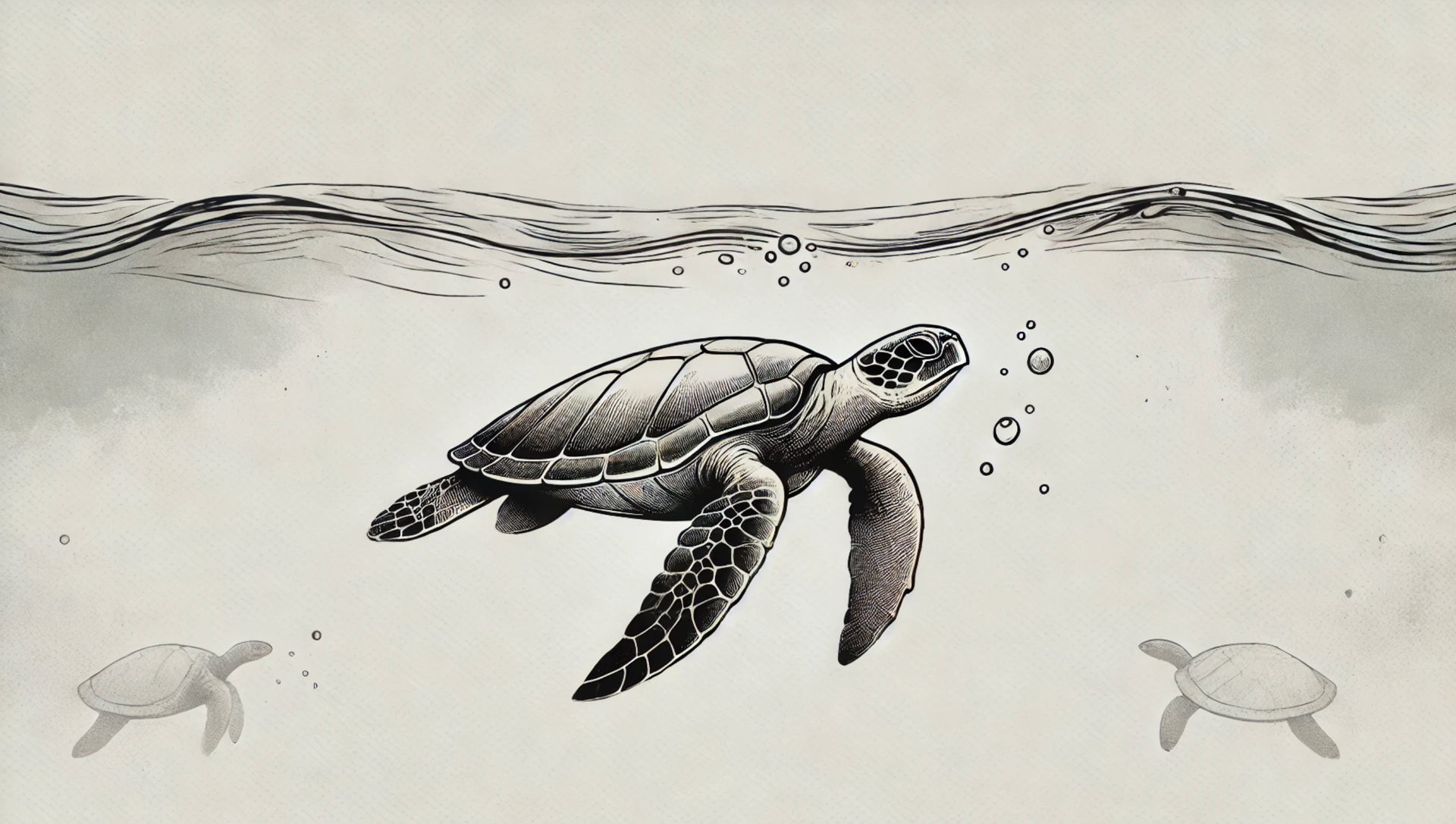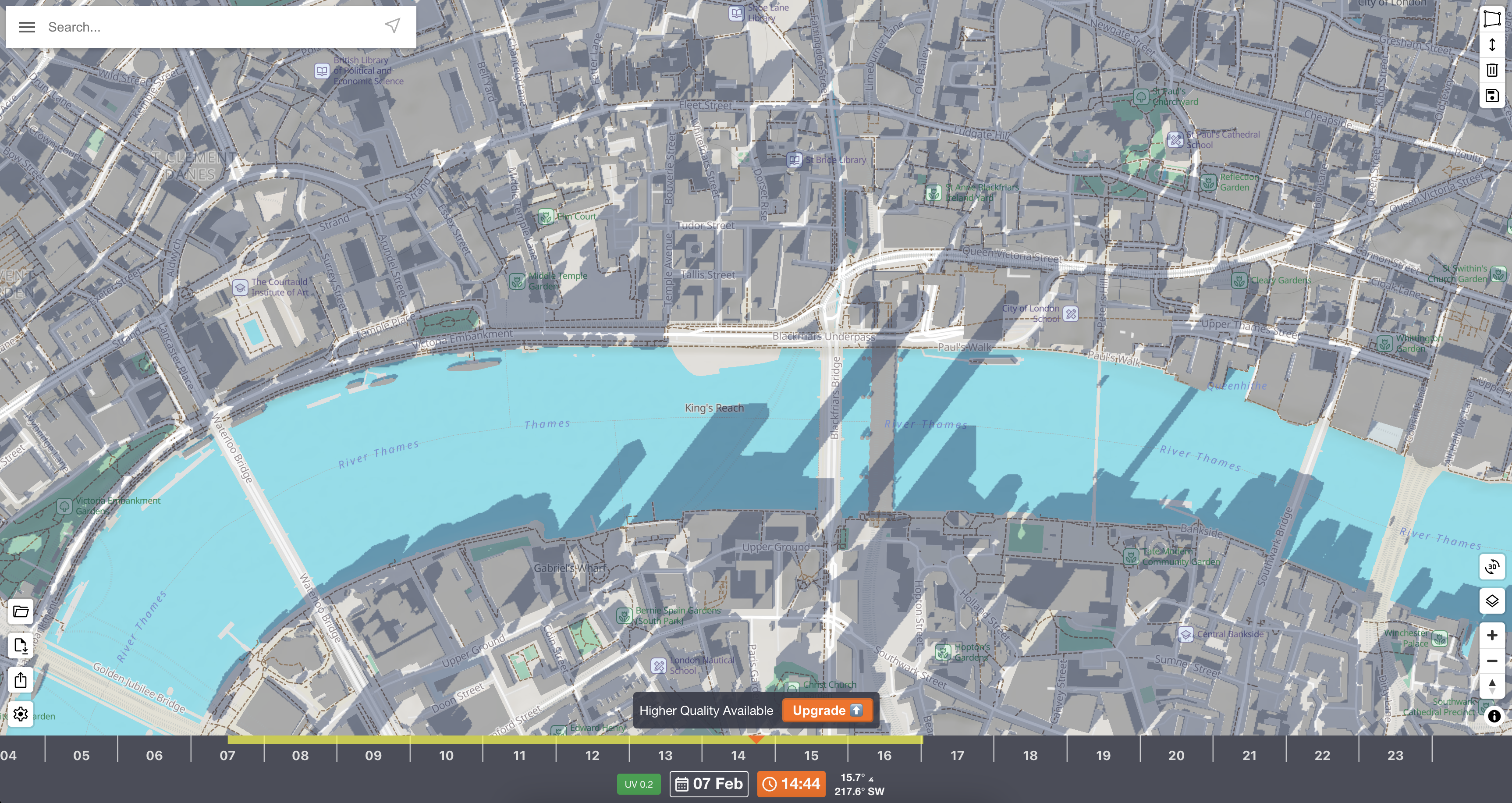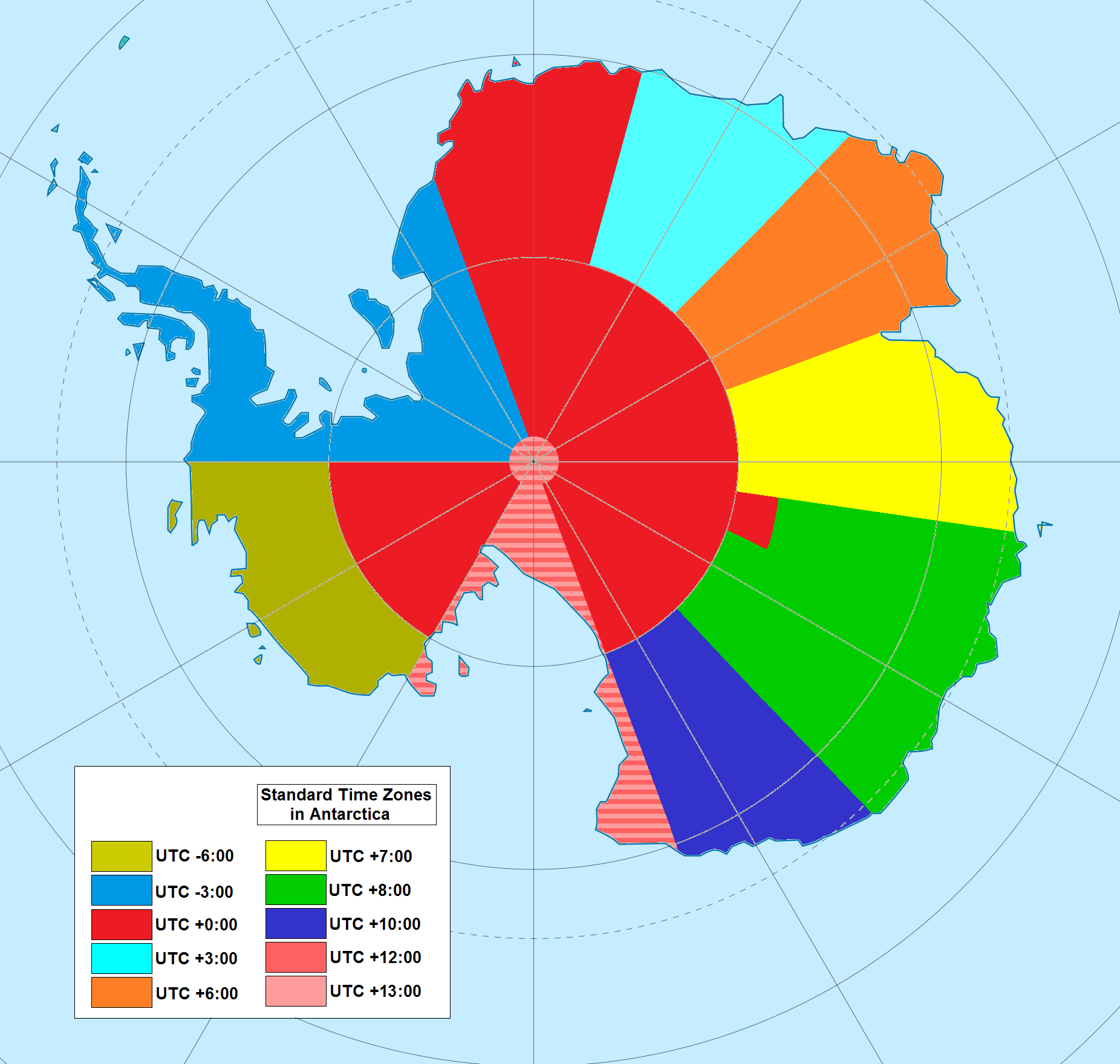TWIL #05: From shady maps to getting the chills

Why certain sounds give us chills

There are moments when music doesn’t just move me. It completely takes over. A single note, a shift in harmony, or a raw, emotional vocal performance can send a surge of feeling through my entire body. It’s not just listening; it’s feeling… a deep, physical reaction. Apparently it is not weird at all… This phenomenon is called frisson. It is a mix of biology, psychology, and evolution. But why do some sounds trigger such a powerful reaction?
The science behind musical chills
Research shows that at least 50% of people experience frisson, especially when listening to emotionally intense music. A 2016 study at Harvard found that people who get chills from music have stronger neural connections between their auditory cortex (which processes sound) and emotional brain areas (like the amygdala and prefrontal cortex). This heightened connectivity allows them to feel deeper emotional responses to music.
Frisson is linked to dopamine release, the brain’s reward chemical. When a song violates our expectations, through a sudden key change, soaring vocals, or an emotional crescendo, our brain rewards us with a rush of pleasure, sometimes triggering physical chills.
What sounds commonly trigger chills?
- Crescendoing music – A slow build-up to a powerful climax
- Surprising key changes – Unexpected shifts that defy musical patterns
- Dramatic silences – The tension before an explosive moment in music
- Emotionally loaded voices – Passionate speeches, operatic vocals, or deeply resonant tones
- Nature sounds – Whale songs, thunderstorms, howling wolves
Now comes the best part…
The studies suggest highly empathetic and creative people are more likely to experience frisson. Their brains are wired to have a stronger emotional response to sensory experiences. (I told my wife this fact immediately, as you can imagine :)
The world is a bit shady

This week I've been playing around with Shademap, a tool that lets you view any spot on the planet and see the shade there throughout the day. Basically Google Maps on shady steroids.
It's incredible to see how buildings, trees, and mountains create shade throughout the day. This tool gives a real-time look at how light and shadow shift, influencing everything from city planning to outdoor comfort. It’s fascinating to explore different locations and realize how much shade impacts temperature, walkability, and even the way we experience spaces.
Whether you're scoping out the best shady spot for a picnic or analyzing how skyscrapers affect sunlight in a city, Shademap offers a whole new way to see the world. Plus it’s fun to play around with!
How animals perceive time: does a turtle experience life in slow motion?

Ever tried to swat a fly, only for it to dodge effortlessly? Meanwhile, your dog greets you like you’ve been gone for years after just five minutes. It’s not just behavior: different species perceive time at different speeds.
Time doesn’t pass differently in a literal sense: it moves at the same rate for all species. But the way a brain processes sensory information changes how time is perceived. Scientists measure this using Critical Flicker Fusion Rate (CFF): the number of flashes per second a brain can process before it sees a continuous image. Humans, for example, stop detecting flickering lights around 60 Hz (flashes per second), anything faster looks like a steady glow. But a fly? Flies can perceive flickers at 250 Hz, meaning their brains process movement at least four times faster than ours. This also means a single day holds four times more sensory moments for a fly, filling their perception of time with more memories and making each second feel longer compared to a human.
How different animals experience time
- Flies (250Hz) – see movement in ultra-high speed (250 Hz). Your hand moves in slow motion, giving them plenty of time to escape.
- Dogs (80Hz) – experience time more fluidly. Without human clocks, a short absence feels much longer.
- Turtles (15-30Hz) – see the world in a much slower frame rate. Fast human movements might appear as a blur.
Time perception is linked to size, metabolism, and survival needs. Fast creatures need quick reflexes, while slower ones don’t. Studies show prey animals often process time faster than predators to react to threats instantly.
Could we alter our perception of time?
If different species experience time at different speeds, could humans ever expand their own perception?
Some research suggests it might be possible. Adrenaline rushes can temporarily boost the brain’s processing speed, making moments feel longer. Meditation and mindfulness have been shown to stretch the perception of time by slowing down mental chatter.
If we could train our brains to detect a higher flicker fusion rate, like a fly, would we see the world in slow motion? Could we sharpen our reflexes, react faster, or even process more information per second? Perhaps the future of human evolution isn’t just in strength or intelligence, but in the way we experience time itself.
When your brain confuses the present for the past
Have you ever been in the middle of an ordinary moment - walking into a café, hearing someone say something, or turning a corner in a new city - when suddenly, a strange feeling washes over you? For a split second, it feels like you’ve already lived this exact experience before. Everything seems eerily familiar, but logically, you know it shouldn’t be.
This bizarre sensation is called déjà vu, French for "already seen", and despite how common it is (about 60–80% of people experience it at some point), scientists still don’t fully understand why it happens. One leading theory is that déjà vu occurs when the brain mistakenly stores a new experience in long-term memory instead of short-term memory. In other words, your brain briefly processes the present moment as if it were a past event; creating the illusion that you’ve already lived it before.
How does this happen?
- A fast and a slow pathway — Your brain processes sensory information through multiple pathways, some faster than others. Sometimes, a delay in one pathway might cause the brain to receive the same information twice but at slightly different times. The first impression gets misinterpreted as a memory, making it feel like you’ve already seen or heard what’s happening.
- A misfire between recognition and recall — The brain has a familiarity system that helps us quickly recognize faces, places, and objects, and a detailed recall system that retrieves actual memories. Déjà vu might happen when the familiarity system gets activated without a corresponding memory to back it up, making something new feel strangely known.
- Similar situations, different contexts — Sometimes déjà vu happens because our brain recognizes patterns from past experiences and mistakenly links them to the present moment. Maybe a café’s layout subtly reminds you of another place you visited years ago, or the way someone phrases a sentence matches something you once read, but the memory is just vague enough that it doesn’t fully surface.
Not everyone experiences déjà vu at the same rate. Studies suggest it happens more frequently in young adults (especially between ages 15 and 25), possibly because their brains are still fine-tuning how they process and store memories.
Déjà vu is a stunning reminder that our perception of reality isn’t as straightforward as we think. Our brains are constantly shaping our experiences, filling in gaps, and sometimes convincing us that we’ve already lived something that’s happening for the first time.
What else?
Wi-Fi was invented by accident — In the 1990s, an Australian scientist researching black holes accidentally discovered the technology that made Wi-Fi possible. His goal was to detect tiny radio signals from exploding black holes, but interference in his experiments led to a breakthrough in wireless communication.
Antarctica has its own "time zones," but no official one — Since the continent is uninhabited except for research stations, there’s no single standard time. Scientists there use the time zone of their home country, or the supply base they operate from, meaning different parts of Antarctica are running on completely different clocks.

.





